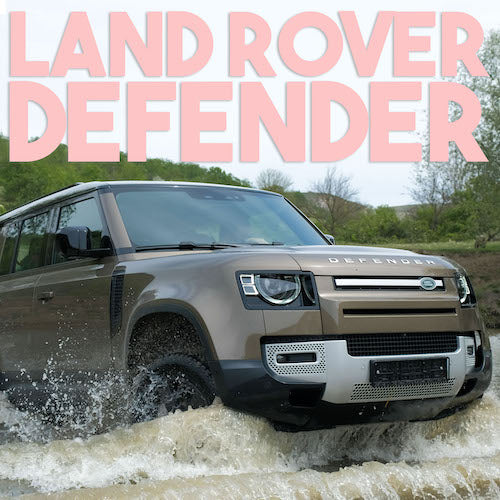Driving in the snow can be a stressful experience for drivers experienced and inexperienced alike. Factors such as poor visibility, slippery roads, and ensuing loss of traction can and do lead to accidents on the road. According to research done by the Federal Highway Association in 2015, 24 percent of weather-related vehicle crashes occur on snowy, slushy or icy pavement and 15 percent happen during snowfall or sleet.
Fortunately, there are steps you as a driver can take to safeguard yourself and your loved ones and reduce the chance of an accident in similar conditions.
DRIVING TECHNIQUESPracticing safe winter driving techniques sounds straightforward, but what does that mean for you? First off, make sure you accelerate and decelerate slowly and smoothly. It may sound obvious, but this is the best method for regaining traction and avoiding skids. Remember, it takes longer to slow down on icy roads. Not only should you accelerate and decelerate slowly, you should also try to drive slowly, and keep a suitable following distance for the conditions. This means at least doubling or even tripling the usual recommended three to four second gap between you and the car in front of you. An eight to 10 second interval is a good range to aim for, although you don’t have to be exact.VEHICLE MAINTENANCEProper maintenance of your vehicle should never be overlooked if you expect to be encountering snowy weather. If your tires are old or look worn, look into replacing or at least rotating them. Also, if you live in a place that receives a significant amount of snow most months of the year, consider buying winter tires, which are much more effective at braking and retaining traction in snow than standard tires. Besides your tires, it’s also a good idea to make sure basic maintenance items are taken care of and in working order, like your oil, battery, and cooling systems. If you see or suspect major wear, don’t forget to replace your windshield wipers too! This simple tip alone can substantially assist you in seeing what’s on the road in front of you, and can even be the difference between an accident and a safe journey.KNOW YOUR CARAt the end of the day, your skills and knowledge are limited by the physical limits of your car, and you should try your best to understand them. How fast do your brakes stop you in the snow? How do your tires deal with emergency maneuvers, do they easily slip and lead to skids? Is your car all-wheel drive (AWD), and does it have snow tires, or just all-seasons or summer tires? If you don’t have a good feel for your car’s abilities in the snow, consider practicing smooth acceleration and deceleration, both on even and hilly roads. See if you know the limits of your car’s steering ability; how much steering input is enough, and how much is too much. Know how well your headlights work, and if you can trust them to work in even severe snowfall. Although some tips may seem obvious, it’s always worth brushing up on your skills. We hope that these tips will help you in winter driving conditions, and arm you with the knowledge you need to be more confident in doing so. Wherever your winter journeys may lead you, remember to stay safe, and bundle up! |





